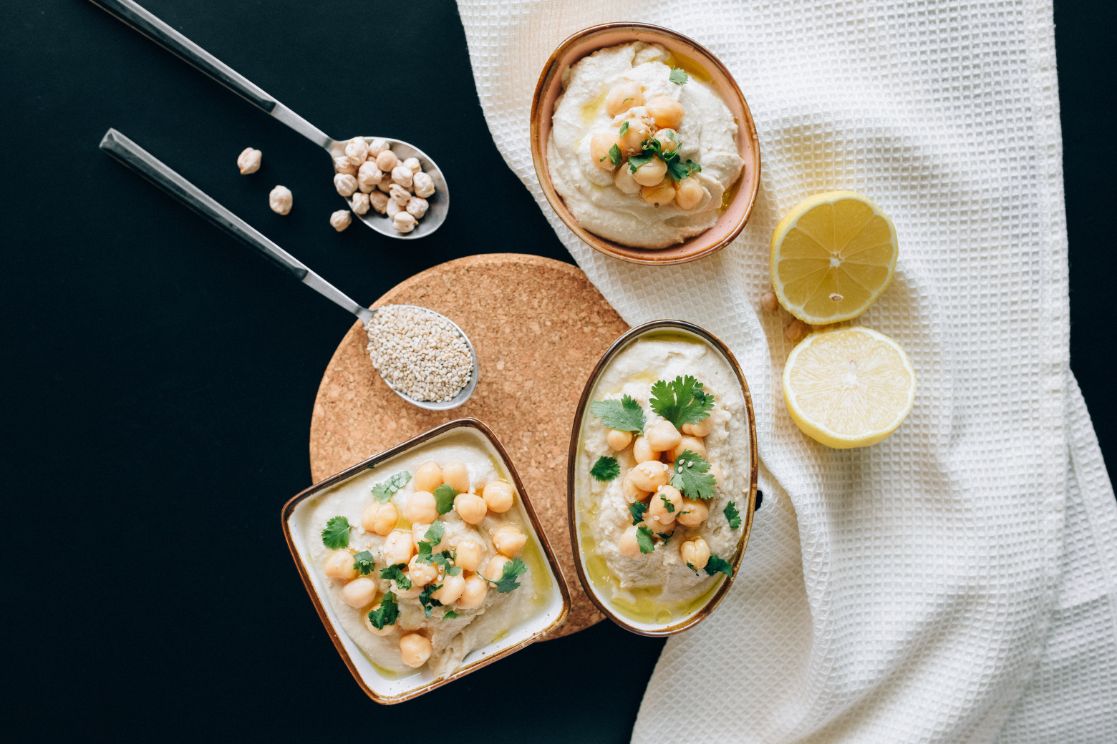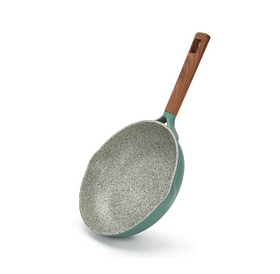
Food Traditions You Probably Havent Heard Of From Arabic Countries
Food is a universal theme many people can relate to, no matter where we are from. The way food is prepared differs from region to region and country to country, with cultural tastes and preferences playing a role. In Arabic countries, food is often based on cooking techniques developed over hundreds of years, as well as spices imported from different parts of the world.
Food from Arabic Countries is typically portrayed in a light, giving the impression that the food tastes the same. However, there is a great variety within each country and a lot of diversity. You can be sure that your food is part of a rich culture and heritage.

Bahrain: Eating on The Floor
Although most of the world eats on tables and chairs, some countries have a long-standing tradition of eating on the floor. The practice is common in the Middle Eastern countries of Saudi Arabia, Iran, and Iraq, but it's also prevalent in Bahrain.
According to Bahraini superstition, eating on the floor brings good fortune and happiness to the family. In other cultures, eating off a low table is symbolic of being closer. In Bahrain, however, it's mainly a matter of practicality. It's too hot for carpets in Bahrain, so people sit on the floor to keep cool.
The way that Bahrainis eat is different from how other cultures might be familiar with it. They turn their plates upside down and dine from them. They will place food onto their plates or into small bowls, then invert these dishes and use them as trays to eat from. To drink from cups or glasses instead of directly from bowls or plates would be considered crude and improper behavior.
Syria: Eating With the Hands For Cold Foods
The Arab world is known for its rich food traditions, which differ greatly from country to country. Some of these traditional practices are so ingrained in the culture that they may seem strange to outsiders, but they're often done for good reasons. In Syria, for example, eating with your hands is not merely a choice; it's the way to go if you want to eat cold foods, such as salads or yogurt.
A typical Syrian meal consists of a variety of small dishes and dips (meze) accompanied by bread and hot tea. The bread is used to scoop up the food but is also eaten separately.
Using utensils for everything can be off-putting and unappealing to some people who have grown up eating with their hands. Still, it makes sense that Syrians would do this. By eating with their hands, they can avoid getting chilled fingers in the wintertime and keep their food pure by not having to use utensils that have just been in their mouths.
Lebanon : Serving Mezze
The Arabic concept of mezze, or "appetizers," is a culinary tradition that finds its roots in the hospitality and generosity of the Arab people.
There's something about the shared experience of enjoying a variety of flavorful, savory bites that makes mezze an important part of Lebanese culture. Usually, when friends and family get together for a meal, there is a big platter in the center of the table where everyone will serve themselves and enjoy small portions to mingle and chat.
Jordan: Eating With Your Friends and Family
In Jordan, meals are often communal affairs where everyone sits around a large table and shares everything.
It's considered rude not to try everything that's put in front of you, and it's also considered rude for anyone to leave even a small amount left on their plate. This is especially true during Ramadan, when Muslims fast from sunrise till sunset and have dinner after breaking their fast each evening.
Often, Jordanians will even invite their neighbors over so they can all enjoy the meal together. This is a great way to bond with your neighbors, share stories and have fun.
Iraq: Serving Breakfast in The Morning
Breakfast in Iraq is typically served at 10 am. This is because Iraqis believe breakfast should be eaten after you've had a chance to digest your dinner from the night before. It's also a time-honored tradition that dates back hundreds of years.
Iraqi breakfasts are usually very simple and consist of eggs, cheese, yogurt, and bread. Traditionally, breakfast was served in two courses: one course would be eaten with tea and called "sahlab." This consisted of very sweet milk mixed with aniseed. The meal was followed by another course called "lubia," consisting of cheese, eggs, and bread which was eaten before noon prayers (zuhr).
Yemen: All Men Eat First
In Yemen, it's customary for fathers and husbands to eat first at family meals. Women and children must wait until they're finished before they can begin eating their meal. This custom stems from an old belief that it was disrespectful for a woman to watch a man eat.
It's also common for women to eat separately from men and children under 18. However, this tradition is slowly fading as more people move away from old customs.
Saudi Arabia: Don't Serve Alcohol or Pork
Saudi Arabian food is based on the teachings of Islam, which prohibits the consumption of pork and alcohol. This means that many popular dishes found in other countries are unavailable in Saudi Arabia.
Most restaurants in Saudi Arabia cater to this conservative nature by offering only halal food options. This means they adhere to Islamic dietary laws and offer only meat products made from animals killed according to those laws.
Takeaway
While we haven't covered every Arabic food custom, we hope this article has provided you with a good grasp of what's considered proper etiquette in the Arab world.
It's important to remember that these traditions aren't just limited to the people who live there. They become part of the culture of a region and people traveling through or living there. We hope this list has sparked an interest in exploring Arabic cuisine further!
If you're interested in learning more about Arabic cuisine, check out our article on The Arab World's Favorite Spices. You might also want to check out this article on How to eat Healthy Halal Food- Islamic Dietary Laws to learn more.



































Leave a comment